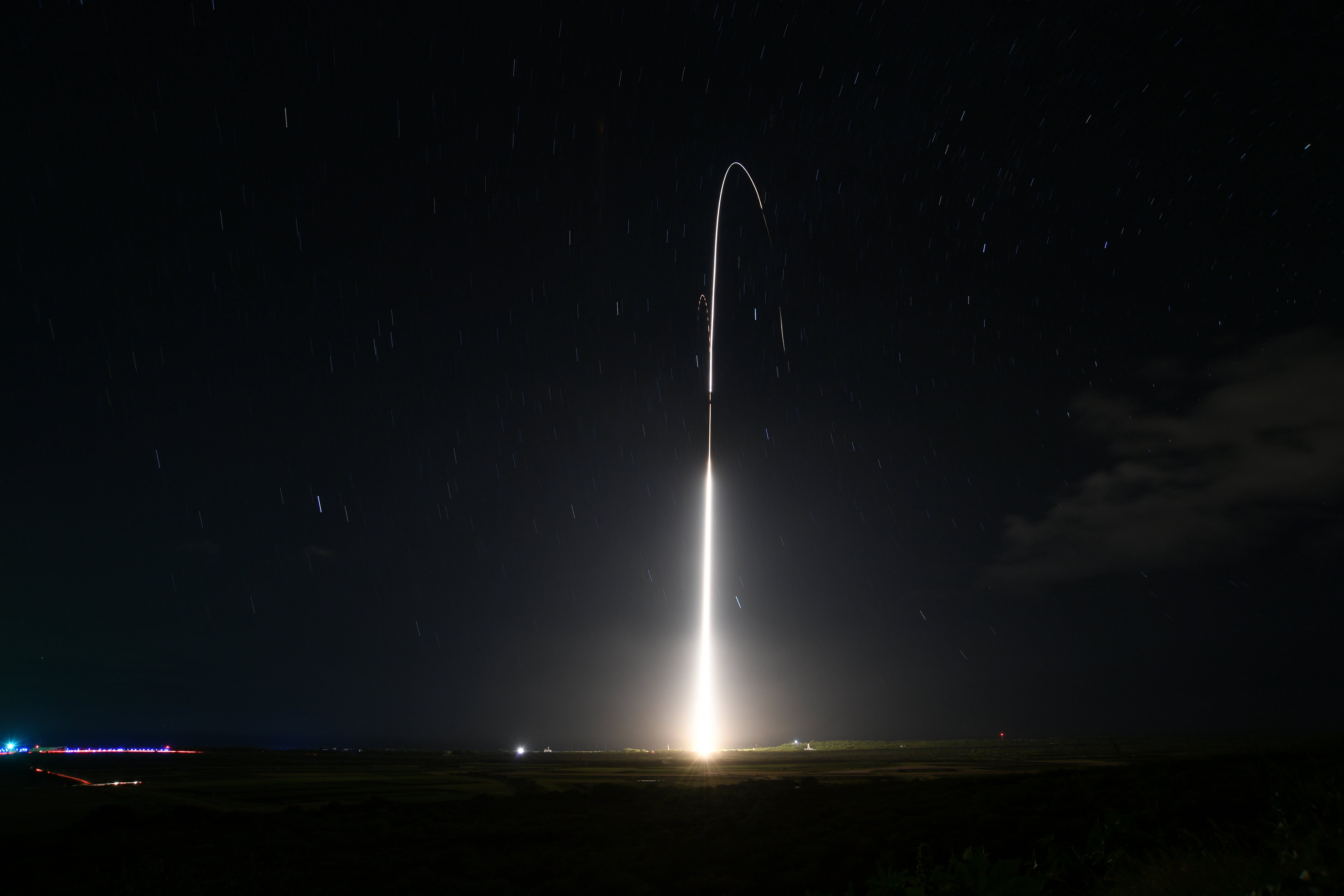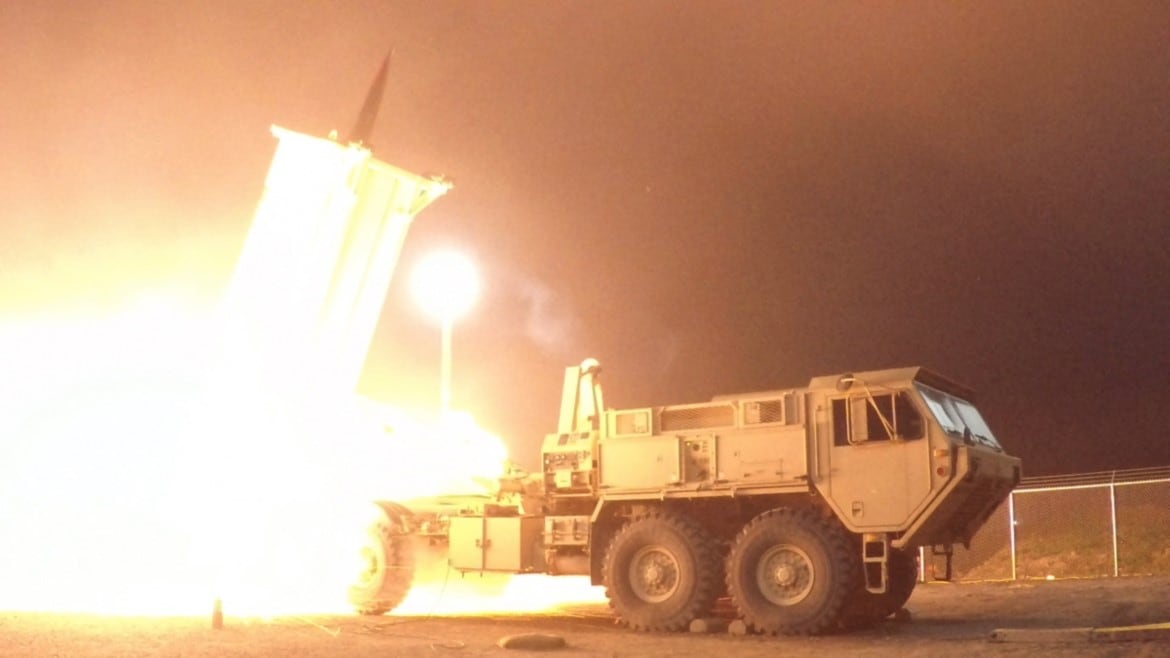WASHINGTON — Senate authorizers would transfer responsibility of the Terminal High Altitude Area Defense System, or THAAD, from the Missile Defense Agency to the Army, according to an executive summary of the Senate Armed Services Committee’s version of the fiscal 2020 defense authorization bill.
The bill’s full text has not been released, but the summary states that all funds for THAAD’s procurement and sustainment would be transitioned from the MDA to the Army.
Additionally, the committee “encourages” the Army to request funding to buy the eighth and ninth batteries in the next budget cycle. The service has only funded and built the first seven batteries and, while the requirement for nine batteries has remained for years, the final two have never been funded to reach that threshold.
RELATED

The Missile Defense Review, released in January, required the Army, the Joint Chiefs of Staff and the MDA to prepare a report — which is due out soon — that assesses the number of THAAD batteries needed to support worldwide deployments.
THAAD is seeing an increased level of deployment, and the Pentagon, backed by Congress, has increased the number of THAAD interceptor buys over the past several years to keep up with demand, which continues to be high.
The system is an important part of the Army’s layered missile defense capabilities and it can neutralize ballistic missile threats in the terminal phase of flight. It has been deployed in Guam since 2013 and in South Korea since 2017. THAAD was deployed to Israel earlier this year.
The United Arab Emirates is the only foreign customer under contract, but the U.S. also reached a deal to sell THAAD units to Saudi Arabia.
The Army recently announced plans to deploy THAAD to Romania this summer to fill in for the Aegis Ashore missile defense system as it undergoes a period of scheduled maintenance and updates.
RELATED

The THAAD system is part of a layered missile defense architecture to include the Raytheon-built Patriot, and the Army has been rapidly working to get the two systems to communicate with each other as part of a urgent joint operational need for the Indo-Pacific theater.
Talk of transferring THAAD to the Army has been going on for roughly a decade. The Army officially operates the system, but the MDA conducted its development.
Both the MDA and Army leadership have said if Congress were to authorize the transfer, they would not oppose the move as long as the needed funding is made available and not taken from other portfolios within the service.
During a recent Senate Armed Services Committee hearing, Arkansas Republican Sen. Tom Cotton asked Army Secretary Mark Esper whether the service would take full ownership of THAAD.
Esper said the move was under consideration, but could not provide a timeline for such a decision.
“It’s being discussed in great detail, I think we could,” he said, “but what’s important is that the budget would come with that if that happens. We just can’t accept the program without all the budget authority to include the research aspects of its as well, so I think that’s still being worked. But we don’t want to get stuck with the bill.”
Jen Judson is an award-winning journalist covering land warfare for Defense News. She has also worked for Politico and Inside Defense. She holds a Master of Science degree in journalism from Boston University and a Bachelor of Arts degree from Kenyon College.








